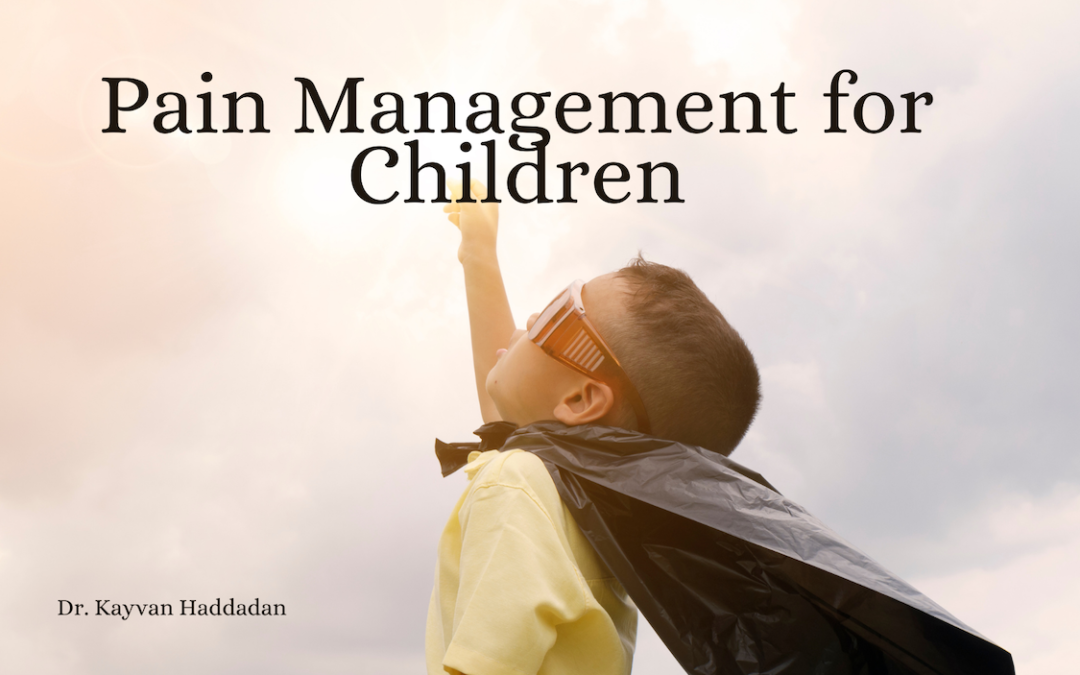Pain is something most children fear. A child’s pain management plan should be paramount for parents and healthcare providers. In working with providers, parents can manage their child’s pain and give them comfort and support.
Talking about Pain
Children experience pain differently. Pain is the body’s way of sending a message to the brain that something is wrong, and pain medicine blocks this message to take away the hurt. Using this kind of explanation can ease a child’s anxiety.
Some children have difficulty describing pain, but older children can use a scale from 0 to 10 to describe their discomfort level. Younger children can use a scale with cartoon faces that represent degrees of pain. Parents should also observe the child’s facial expressions and behaviors.
Managing a Child’s Pain
Pain management is crucial because the pain that continues can cause the release of chemicals that delay healing. Parents need to work with the child’s nurses and doctors to develop a comprehensive pain management plan.
Medication can come in a pill to swallow, and there are patches and creams to numb the skin. Injections deliver medicine directly into the skin or through an intravenous (IV) tube. Children under treatment for a serious illness might get relief from a Patient Controlled Analgesia (PCA) pump by pushing a button.
Some parents worry their children will become addicted to narcotic medications. However, there is little evidence that children with cancer will become addicted. It might be necessary to increase the dose or change a drug to maintain the child’s comfort and quality of life.
There are many ways to manage pain without drugs. One is to use cold or heat, given that it’s safe. Parents can also use relaxation, storytelling, or distraction (TV, puzzles, or games), especially if they can be done during painful treatments. Changing bed positions, massage, reading stories, or drawing can also help.
Pain management is also emotional. When it comes to pain, the worse thing for children is not knowing what to expect. Explaining a procedure can help reduce a child’s stress. Visiting the procedure room or talking with the provider providing treatment can give the child a chance to ask questions.
